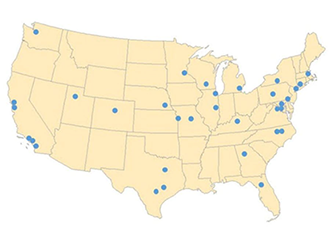ResearchOffices of Research
Learn more about BEA's economic research, innovations, and methodology improvements.
ResearchMeet the Researchers
Explore BEA researchers' biographies and publications, sorted by name and subject matter expertise.
ResearchPapers
Browse economic research papers and presentations, filtered by topic and year.
ResearchSpecial Sworn Researcher Program
Learn how outside researchers can apply to use BEA's company data for statistical research, under strict guidelines.
ResearchResearch Using Company-Level Data
View published research by academic economists who were granted access to BEA's business confidential data.
ResearchFellowship Program
Read about BEA fellowship opportunities with the American Statistical Association and National Science Foundation.





